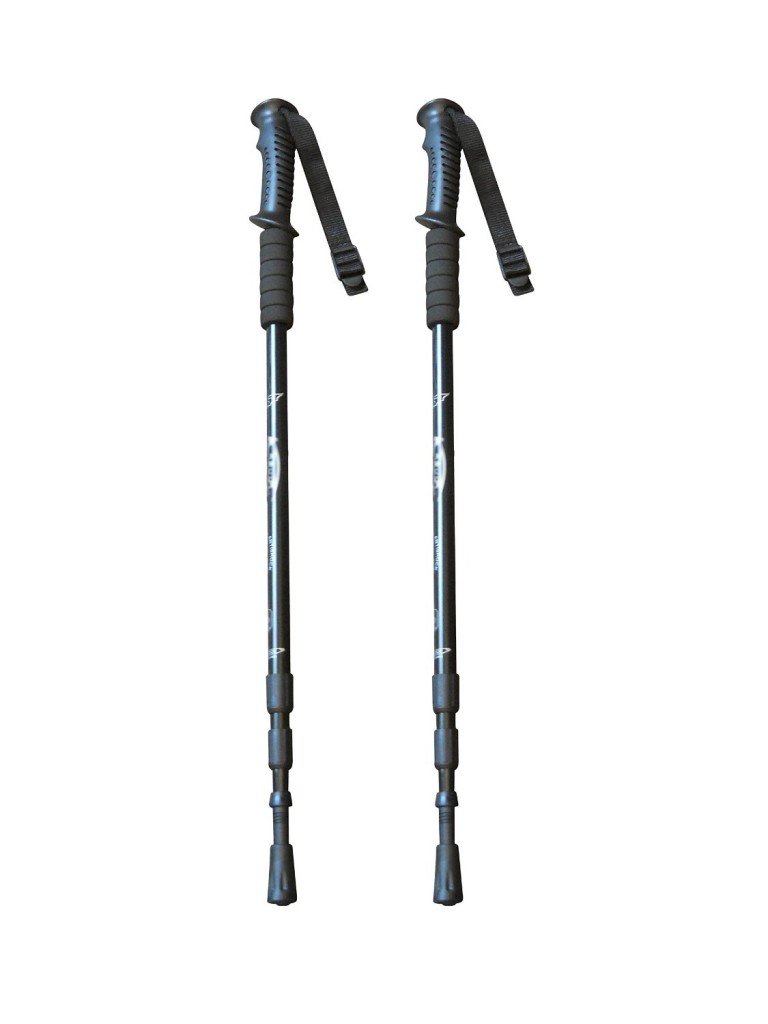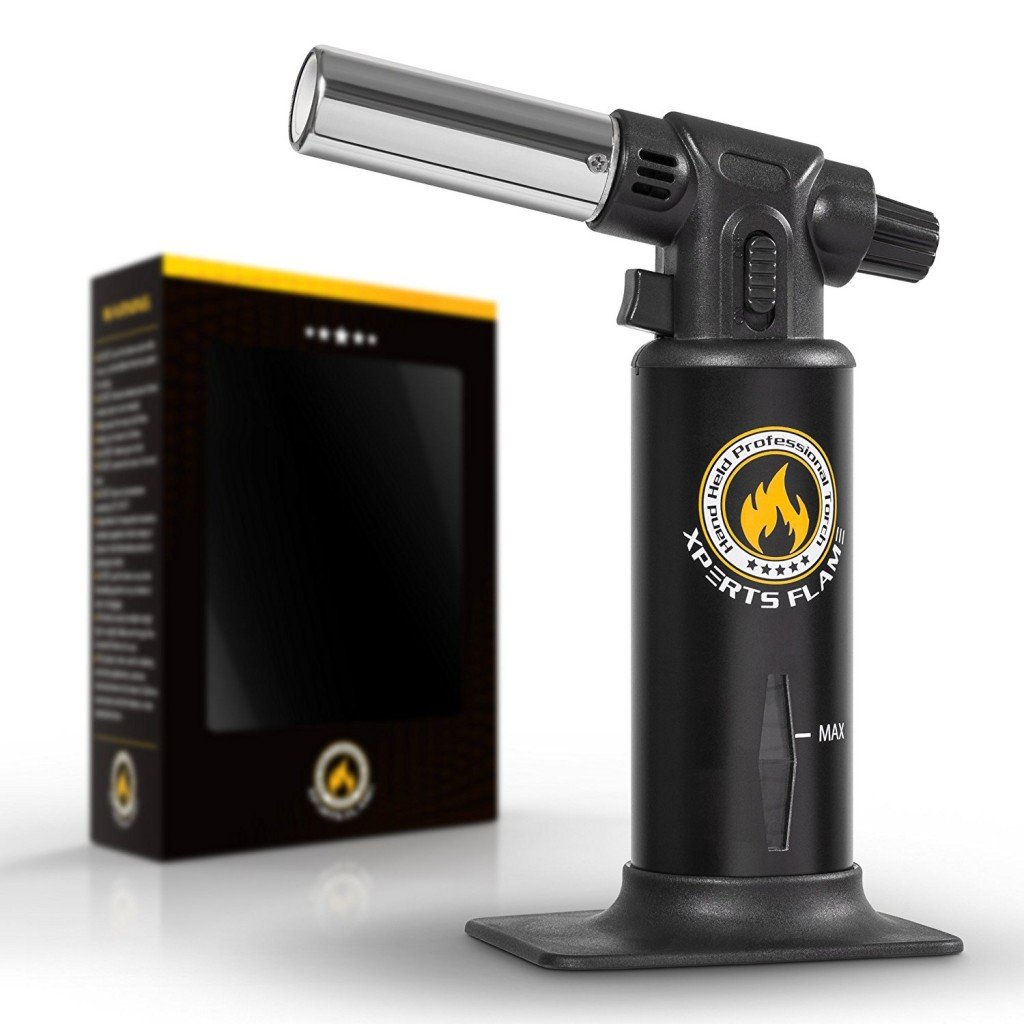Summer. It might be halfway over, but the thoughts of a lazy day or two on the waves with a trusted rod and reel tend to last well beyond a handful of months in the middle of the year.
And when it comes to portability, few options are more convenient and cost-friendly than an inflatable fishing boat.
The question is: is an inflatable fishing boat right for you?
If you live in a rural area, for example, chances are you have plenty of storage space for a kayak. You may even have a traditional boat you take out on a weekend basis. But how portable are they, really? If you’re traveling overnight for a weekend or two, transporting a 9 ft kayak to the roof of your car presents an entire slew of impracticalities—to mention nothing of potential safety hazards.
On the other hand, inflatable fishing boats aren’t designed to be highly durable. If taken care of properly, yes; you can enjoy more than a few seasons use out of them. But they’re simply not designed to last an entire lifetime. Of course, given their cost in comparison to a standard kayak or traditional boat, that may not be as much of a concern.
Before we delve into some considerations to take, we thought we’d review some of the best selling inflatable fishing boats on the market before you make up your mind.
Classic Accessories Cumberland Inflatable Fishing Float Tube Review
There are two cargo pockets and rod holders, as well as a mesh stripping apron with integrated fish ruler.
Adjustable shoulder straps make this float tube easy and lightweight to carry while still maintaining its strength thanks to a non-abrasive PVC bottom.
Intex Mariner 4, 4-Person Inflatable Boat Review
That being said, this model is an all-in-one package; inflatable seats, a repair patch kit, two 54-inch deluxe aluminum oars, a motor mount fitting and a high-output manual hand pump.
Two outer layers of heavy gauge PVC are laminates to an inner layer of polyester mesh for added durability.
Intex Excursion 5, 5-Person Inflatable Boat Set with Aluminum Oars Review
30 gauge PVC ensures the sturdiness of this boat, while motor mount fittings can help alleviate the burden of rowing (the model comes complete with two 54 inch oars.)
An inflatable I-Beam floor adds comfort and rigidity, and the Boston valve on the two main hull chambers helps ensure rapid inflation and deflation.
Intex Seahawk 2, 2-Person Inflatable Boat Set Review
There’s a high output air pump and two 48 inch French oars, an inflatable floor and three air chambers (as well as an auxiliary air chamber inside the hull.)
A motor mount fitting for a separate trolling motor helps round out this surprisingly budget boat.
A Buyer’s Guide to Inflatable Fishing Boats
While there are numerous styles and materials available for inflatable fishing boats, ultimately it comes down to your needs and preferences.
Typically, inflatable boats come in three different floor styles. Air decks are the least expensive, as well as the lightest, but standing on an air deck requires a strong sense of balance. And while solid decks are the most stable, they don’t collapse entirely; which can make transportation and storage a problem. One solution is to choose a slatted bottom, as these are easily detachable making transportation much less taxing.
Another factor is where you plan on fishing. Your local pond, reservoir or lake is ideally suited for an inflatable boat, but rivers with strong currents and oceans will present a definite challenge—if not an outright impossibility.
As we mentioned earlier, portability is key; but you may find that even when deflated, larger multi-user models will take up more storage space than you anticipated. At the same time, since they’re lighter than traditional boats you can do much more maneuvering in the waters; which is particularly helpful if you’re an angler who tends to find optimal spots in the most seemingly out-of-the-way places.
The capacity for the boat to safely store your accessories is also something to take into consideration, especially if you’re gadget oriented angler.
So while inflatable fishing boats may not have to rustic charm of traditional dinghies, they’re hardly the cheaply made hazards they’ve unfairly earned a reputation for. In fact, with a few considerations and time, you might find you prefer them even more than their conventional counterparts. And in the end, that’s what matters.







